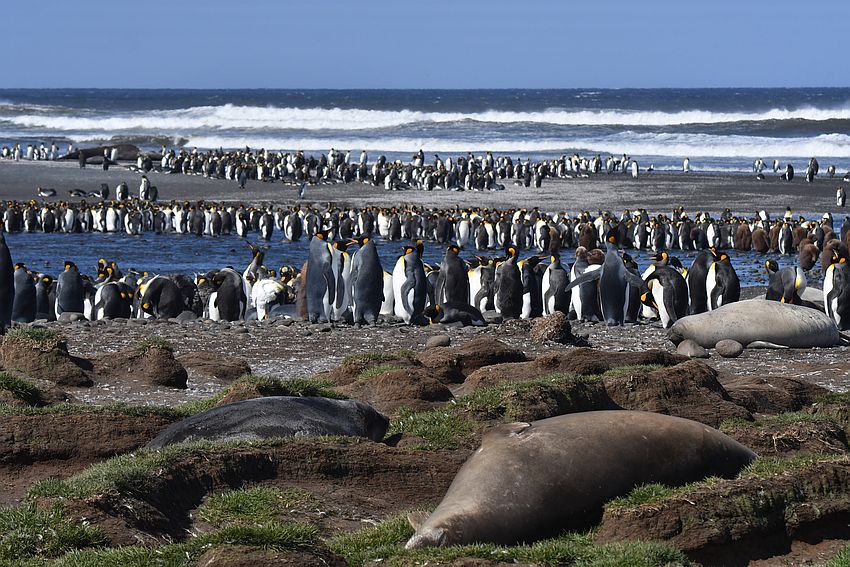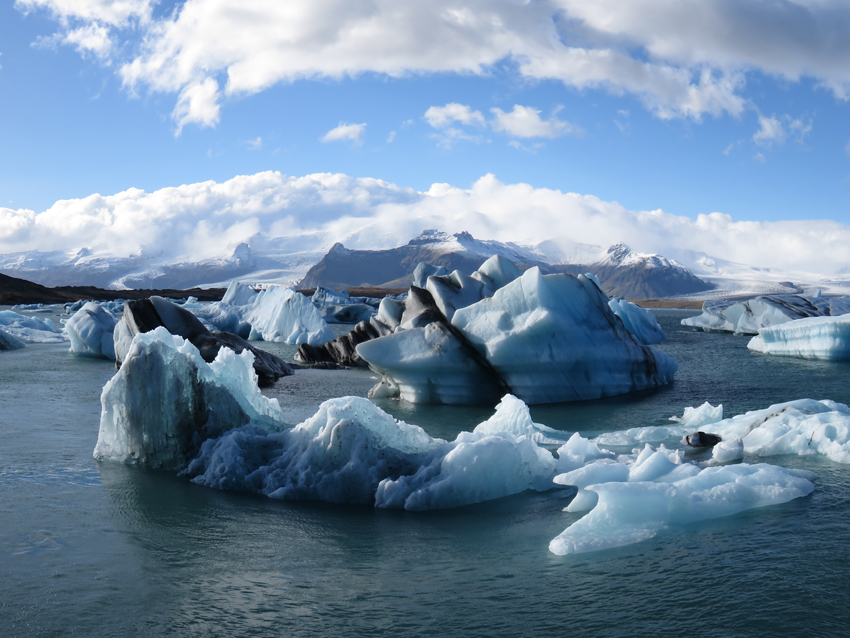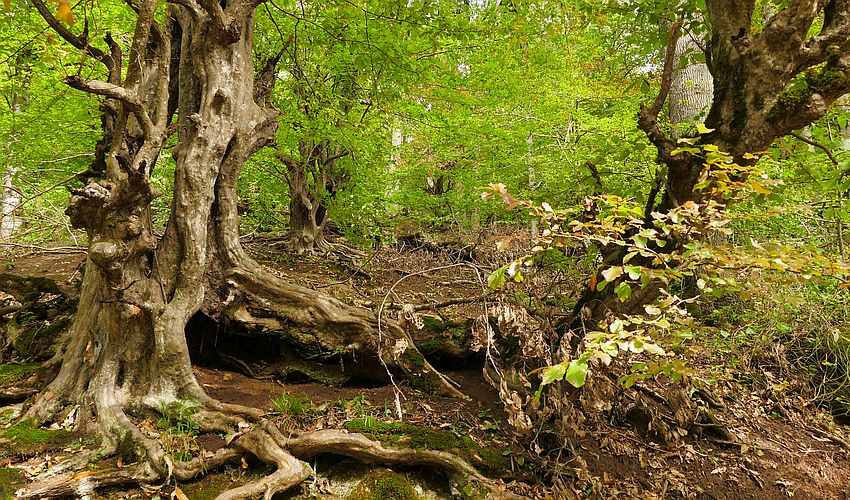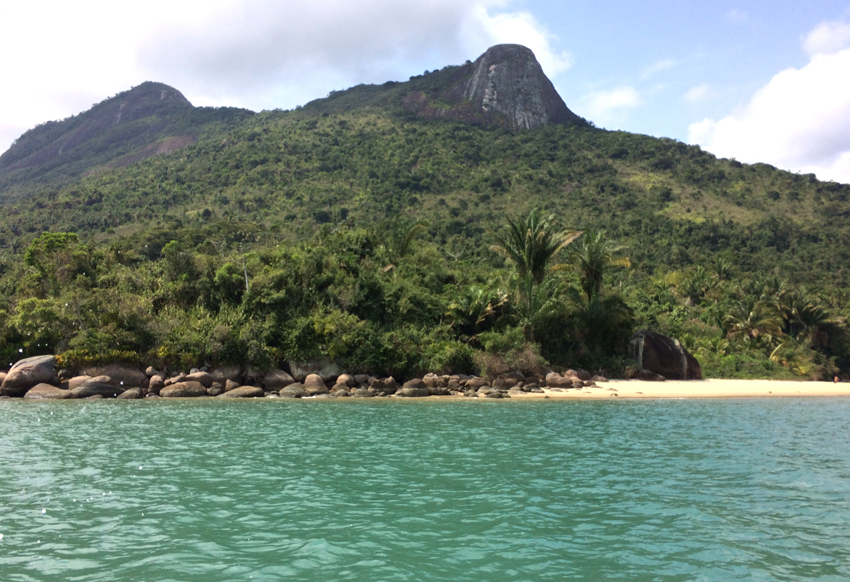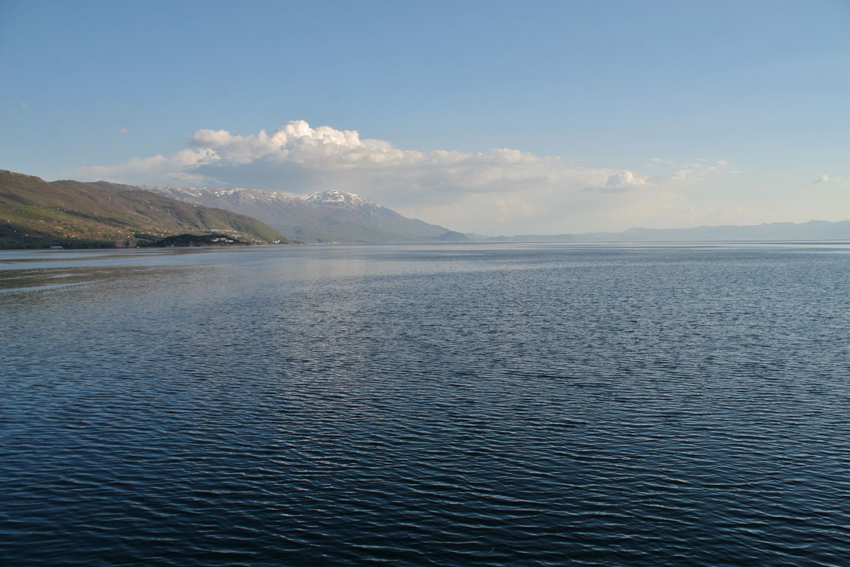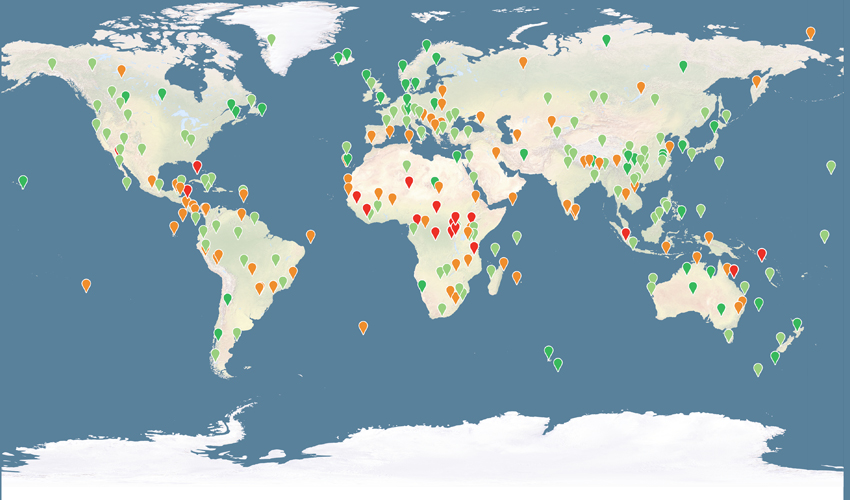Huge sub-Antarctic area among five sites recommended by IUCN for World Heritage List
The official advisory body on natural World Heritage, IUCN - International Union for Conservation of Nature, recommends listing four new World Heritage sites for their outstanding natural value in Brazil, France, Iceland and Iran, and approving the extension in Albania of a site currently listed in North Macedonia. If IUCN’s advice is followed, the total area of land and sea protected by natural World Heritage sites will go up by nearly a quarter, from 300 to 369 million hectares, mostly due to one site – the French Austral Lands and Seas.
This year, IUCN has evaluated 10 nominations – proposals by countries to inscribe new World Heritage sites. The World Heritage Committee will take decisions during its meeting from 30 June to 10 July in Azerbaijan. IUCN’s advice, issued today by UNESCO, includes evaluations of new candidate sites and monitoring reports on the state of conservation of listed sites. Another set of reports is due in early June.
Four potential new sites and one extension
In France’s overseas territories, the French Austral Lands and Seas cover a whopping 67 million hectares of ocean and islands in the sub-Antarctic zone. This area surpasses the size continental France by nearly a quarter. The site protects one of the greatest concentrations of seabirds globally, with more than 50 million birds. The world’s largest populations of king penguins and Endangered yellow-nosed albatrosses are found here. The site was admitted to the IUCN Green List of Protected and Conserved Areas in 2018 for its high quality of protection and conservation results.
With nearly 1.5 million hectares, Vatnajökull National Park: dynamic nature of fire and ice spreads across 14% of Iceland’s territory. The heat of the site’s volcanoes and fissures interplays with the ice cap of Vatnajökull, the largest glacier in Europe. The most dramatic form of this interaction is the jökulhlaup: a sudden flood of water caused by an eruption breaching the edge of a glacier – a rare phenomenon elsewhere on Earth. The young glacier, formed 2,500 years ago, allows current trends in the effects of global warming on glacial extent to be studied.
The Hyrcanian Forests in Iran are remnants of very diverse types of ecosystems in an increasingly fragmented forest region stretching along the Caspian Sea’s southern coast. The site contains exceptional and ancient broad-leaved forests with a history dating back 25-50 million years ago, when such forests covered most parts of the northern temperate region. Over 3,200 vascular plants have been recorded here, as well as 180 bird and 58 mammal species, such as the Endangered steppe eagle and Persian leopard.
Brazil’s Paraty Culture and Biodiversity hosts a rich diversity of endemic species – plants and animals found nowhere else. These include the southern muriqui and black-hooded antwren, both Endangered. The site hosts 11 Key Biodiversity Areas for terrestrial vertebrates, rare freshwater fish and rare plants. Situated between Rio and Sao Paulo, it lies within one of the planet’s five most threatened biodiversity hotspots, the Atlantic Forest. Proposed as a “mixed” natural and cultural site, it meets World Heritage standards in terms of its biodiversity, according to IUCN.
IUCN also recommends approving the extension of the Natural and Cultural Heritage of the Ohrid region, currently listed in North Macedonia, to include the Albanian part of the lake. As the oldest lake in Europe surviving from pre-glacial times, it provides refuge for many birds and over 200 species of unique plants and animals.
Monitoring threats in the world’s natural wonders
The recommendations released today also include reports monitoring the state of conservation of listed World Heritage sites. IUCN monitors between 55 and 60 natural sites each year, in conjunction with UNESCO’s World Heritage Centre. Thirty-three of such reports are now publicly available with some 20 more due in June.
The reports show that, despite their high-level international recognition, natural World Heritage sites continue to face severe pressure, including from large water infrastructure, climate change, invasive species, unsustainable tourism and wildlife poaching.
The monitored sites include iconic places such as Białowieża Forest in Belarus and Poland, Monarch Butterfly Reserve in Mexico and the Tropical Rainforests of Sumatra in Indonesia.
All IUCN reports and evaluations can be accessed on www.iucn.org/43whc.
